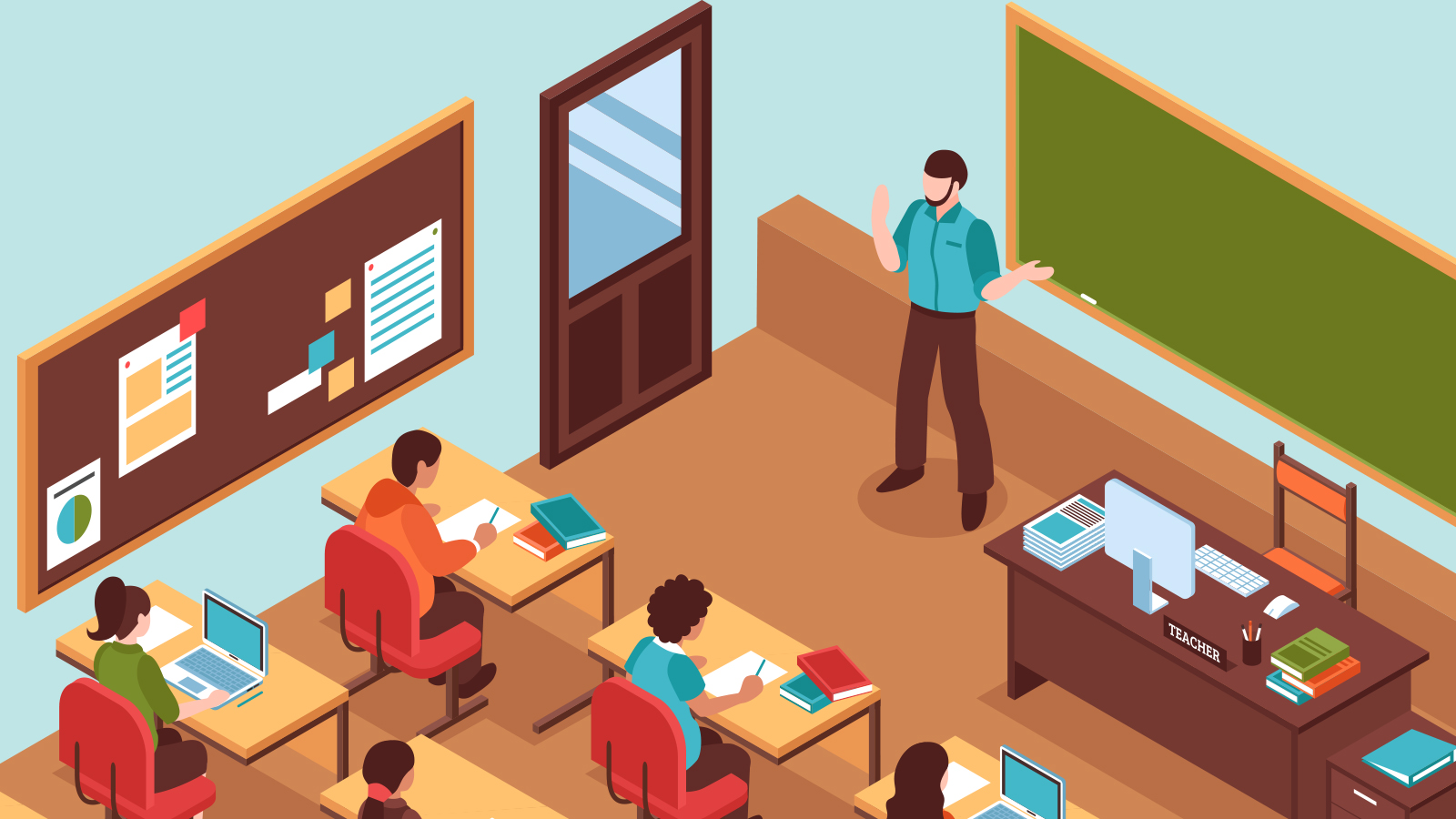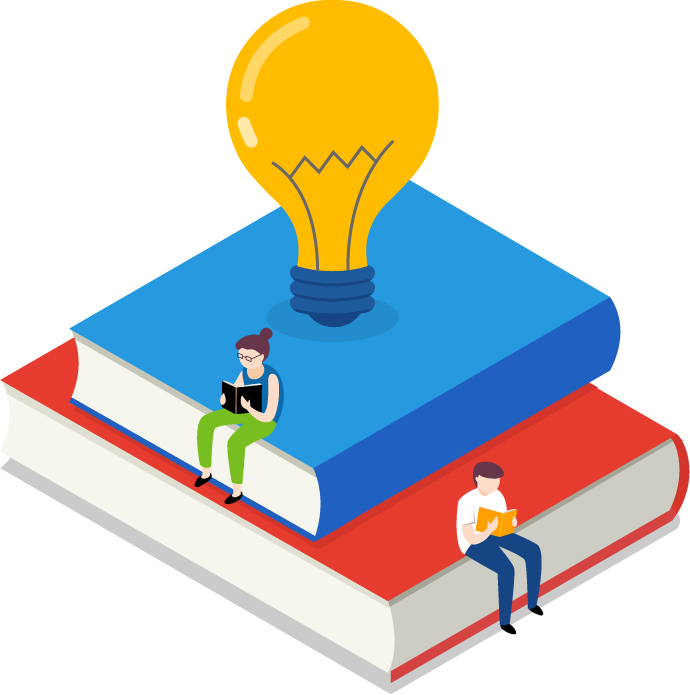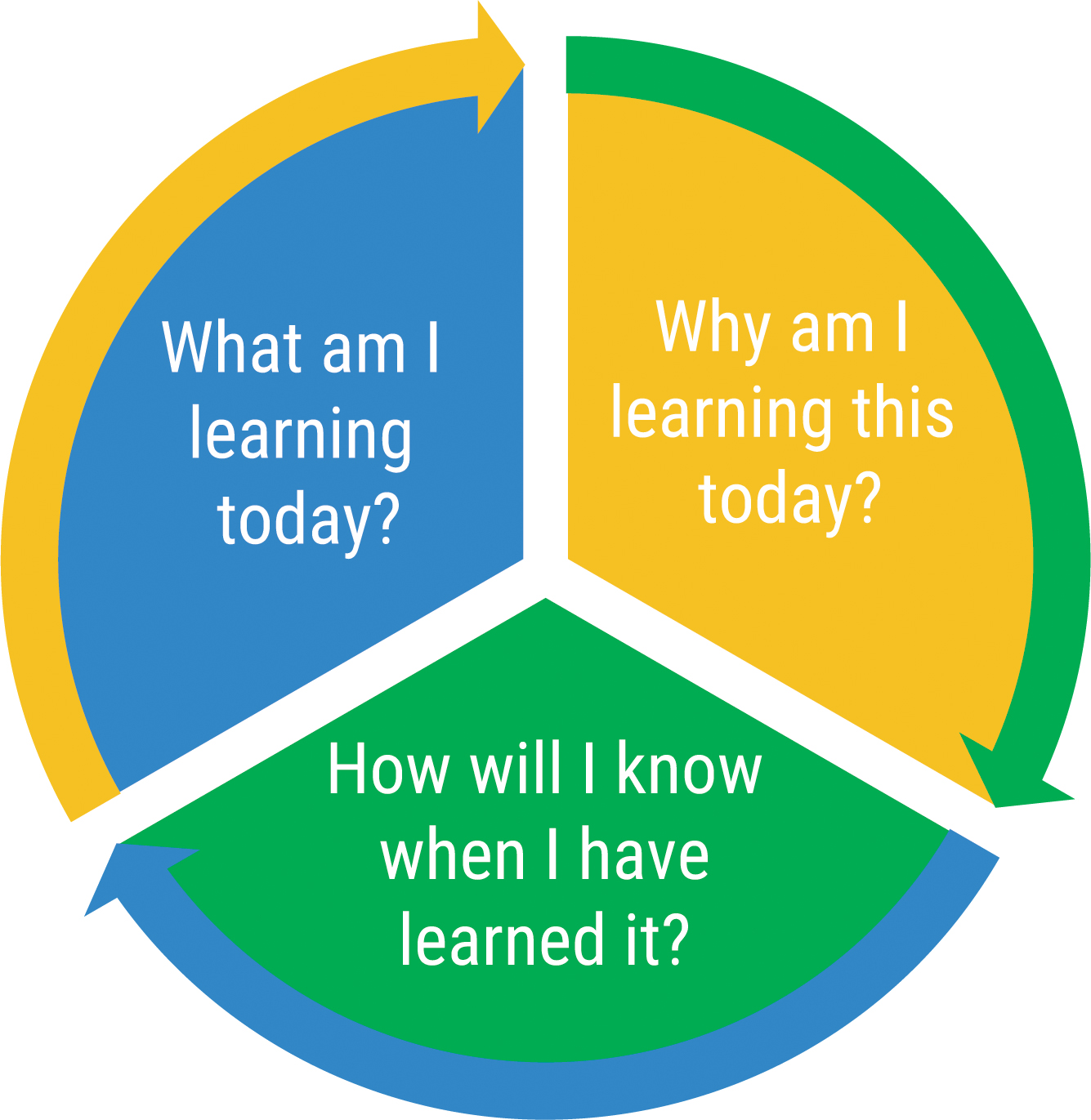Bringing Clarity to Science Instruction
The Science Teacher—October 2019 (Volume 87, Issue 3)
By John Almarode, Douglas Fischer, and Nancy Frey

Through teaching science, we have the pleasure of developing and implementing learning experiences that allow students to discover how the world works (Schwarz, Passmore, and Reiser 2016). Interweaving the laws, principles, and theories of the universe with scientific practices that have allowed scientists to discover these ideas is the focus of teaching and learning in the science classroom. The overall intention is that learners will walk away with the ability to engage with science-related issues, and with ideas and processes or practices of science beyond the walls of the classroom—the definition of scientific literacy (OECD 2016). We want our learners to take ownership of their learning in pursuit of knowing and understanding things in the world.
Thinking about your own classroom, do any of these scenarios sound familiar?
- My students love it when I do demonstrations in chemistry. However, when I ask them to explain a demonstration, how the experience demonstrates a single-replacement reaction, or to articulate the science behind the demonstration, they respond with, “I don’t know, but that was awesome. Can we do it again?”
- I believe labs are important, but all my students do is rush through the procedure, fill in the charts, and quickly answer the questions at the end of the lab. I am met with awkward silence when I ask my students to connect the lab to what we are learning in class, much less predict what they will find in the laboratory.
- I know my students like science, but they get more excited about memorizing science facts than looking for connections to big ideas. They are good with identifying the major organ systems in the body, but asking them to transfer that learning to explain how our body regulates blood pressure is very challenging.
- If I ask my students to explain what a scientist does or how scientists answer questions, they are good to go. However, they are not as comfortable engaging in scientific practices on their own. For example, they simply give a quick answer to a question without looking for evidence, making inferences, or drawing conclusions. It is as if they see the practices as another set of facts, and not as a tool to use.
- The vocabulary of science is difficult for my students. They get very confused with terminology like torque and rotational equilibrium. When they encounter terms linked to complex science phenomena during labs or problem-solving tasks, the learning practically stops because they don’t understand the concepts or terms enough to know where to start.
There is a common thread running through each of these situations: The learners are not clear about what they are learning, why they are learning it, and how they will know when they are successful. Instead of scaffolding learners as they construct scientific explanations of phenomena, these classrooms have placed discrete tasks and isolated experiences in front of students in the hope that they learn about science.
The learners in these classrooms are just waiting to be entertained by the demonstration, checking off the steps in a laboratory investigation, memorizing discrete facts, doing science only when they are in the science classroom, and learning textbook definitions of words. These situations do not provide an authentic context that is relevant to these adolescent learners. What results is that students are no closer to three-dimensional learning (science and engineering practices, disciplinary core ideas, and crosscutting concepts) as envisioned by the National Research Council and articulated in the Next Generation Science Standards, much less scientific literacy (NGSS Lead States 2013).
You may relate to one, some, or all of these scenarios. In fact, you may be thinking that each of these situations was written based on your classroom and students. The point of this article is not to simply acknowledge this problem; instead, we want to close the gap between what we intend for our students to know, understand, and be able to do, and what they actually walk away with from our science classrooms. How do we support learners so that they move beyond the idea that science is a discrete collection of facts toward science as a body of knowledge, driven by a set of practices, that progresses through the reliance on science practices? The answer: clarity about learning.
Planning and implementing cohesive science learning experiences that build and utilize science knowledge to explain phenomena, while at the same time drawing on problem-solving within that context is more than just clarity. However, without clarity about learning, students are less likely to make meaning of these experiences, and thus not engage in working toward the learning intentions or goals in the science classroom (Schwarz, Passmore, and Reiser 2016). We will look at the foundation for effective science teaching and learning, the one thing we have complete control over every day (whether it is in biology, chemistry, Earth science, or physics): clarity about learning.
What is clarity about learning?
Clarity refers to the overall awareness of the teacher and the learners regarding what the science learning is for that day or class period, why we are learning this science content or engaging in these practices of science, and what successful learning looks like. Put differently, for learners to have clarity in the science classroom simply means they must know the what, why, and how of the day’s learning.
For adolescents, the why is our opportunity to provide authentic content and science practices. The why should provide clarity about the relevance of learning. For example, learning about the structures and functions of a cell is not as authentic as learning through the phenomenon of diseases caused by problems at the cellular level (e.g., malaria, meningitis, types of cancers, or cystic fibrosis).
The clarity for learning concept was initially introduced by Rosenshine and Furst (1971) and accompanied by a growing body of evidence that shows clarity for learning has a significant influence on teaching and learning (Cruikshank 1985; Hines 1981; Saphier, Haley-Speca, and Gower 2008; Simonds 1997). Using meta-analyses, John Hattie (2009) reported that clarity for learning has an effect size of 0.75. As mentioned previously, this is the foundation of effective science teaching, learning, and initial investment from the teacher in planning for clarity about learning. What does this look like in our science classrooms?
Planning for clarity about learning
Fendick (1990) defines clarity as the compilation of organizing instruction, explaining content, providing examples, using guided practice, and assessing learning. These specific components of clarity are rooted in the planning process, and make the content and practices accessible to learners. As teachers engage in their limited but highly coveted planning time, ensuring students have clarity in their science learning requires that they be intentional, deliberate, and purposeful in the planning of each experience in the science classroom.
From demonstrations to discovery tasks, note-taking to interactive notebooks, lectures to laboratories, we have to be clear about what we want our students to learn, why they are learning it, and what success will look like at the end of the experience. For example, is a cooperative learning task or the use of guided inquiry more appropriate today? What about a laboratory investigation versus direct instruction? What types of questions should I propose to my students and what questions should I guide them into proposing? When should I incorporate vocabulary instruction instead of a concept attainment approach?
This, of course, includes the selection of the best phenomenon by which we will contextualize the content and practices. Only after we have clarity can we align that learning with a learning environment that maximizes the acquisition and consolidation of the core ideas through the use of science practices and the relationships between crosscutting concepts (NGSS Lead States 2013). So how do teachers leverage their planning time to establish clarity in learning?
Planning for teaching and learning is a series of intentional, deliberate, and purposeful decisions based on what students are learning, where they are in their learning journey, and the skills and expertise of the teacher to move their learning forward. For expert teachers, these decisions happen as naturally as breathing. For other teachers, these decisions require lesson planning templates, programmatic instruction, and scripted instruction.
We can think of planning for clarity in the science classroom as a series of questions about the upcoming learning experience. As each teacher or collaborative planning team prepares for tomorrow, next week, or the next unit, the responses to each question facilitate the development of teacher clarity, paving the way for student clarity in the science classroom. Table 1 contains the series of questions that represent the planning decisions highlighted by Fendick’s (1990) definition of teacher clarity.
| Planning for clarity guiding questions. | ||||||||||
|---|---|---|---|---|---|---|---|---|---|---|
|
Each question moves us from the intention of the day’s learning to the implementation and facilitation of that learning, so that our learners have clarity about the what, why, and how of today’s science learning. Investing time in this process clarifies the pathway to successful learning, allowing each teacher to plan with clarity in learning. If we take the time to make sure we know the what, why, and how, there is a greater likelihood that students will have clarity about the learning and see beyond the demonstration, laboratory investigation, and discrete facts and terminology.
Returning to the five scenarios at the beginning of this article, clarity narrows our science teaching and learning focus so that our students see that:
- We are learning the relationship between single-replacement reaction changes in matter. The demonstration is a tool by which we help learners understand, recognize, and describe the characteristics of this type of chemical reaction. Furthermore, the why is highlighted by incorporating problem-solving using blood and tissue samples in a crime scene analysis. Learners might defend their analysis before a jury of their peers.
- We are learning that titration is a process for determining the concentration of a base and the laboratory provides learners the opportunity to not only learn the process but to identify the essential components of the process and the application of their learning about acid-base reactions. This is brought to life by embedding this learning into an authentic scenario about developing new pharmaceuticals to treat diseases. Specifically, learners will ensure the pharmaceuticals meet standards for a drug-trial.
- We are learning that homeostasis and background knowledge of other systems allows learners to extrapolate commonalities across all systems—they do not operate as discrete systems. This learning is rooted in a guiding question about why certain animals are better suited for certain habitats: What are the physiological differences in these specific animals?
- We are learning that making inferences from the analysis of data collected during stream testing is more than just a concept students need to learn, but a practice for understanding and explaining the world around us. This may involve a project-based task, prompting students to take the role of an environmental consultant and share the results of a water quality test of a local stream.
- We are learning to use scientific language in determining the most effective approach to solve problems involving rotational motion. In isolation, this results in memorizing words. However, engaging learners in exploring a solar power supply, specifically the rotational motion of the collector and orientation systems, allows them to develop scientific language through dialogue and discourse.

Clarity ensures that the focus is on the learning within the context of scientific phenomena and practices; the specific demonstration, laboratory, approach, or strategy is the vehicle by which we arrive at that learning. Student clarity comes from teacher clarity and from implementing learning experiences that promote figuring out and not just learning about.
Clarity as the “One Big Thing”
Clarity in learning is one thing that we can do tomorrow to have a significant impact on science teaching and learning. If we are to effectively engage our learners in core ideas, support their development of science practices, and facilitate their understanding of crosscutting concepts, we have to be intentional, deliberate, and purposeful in how we design their science learning experiences. This allows us to select the right approach, at the right time, for the right science learning. Clarity speaks more to how teachers and students approach the learning rather than focusing on a specific demonstration, laboratory, approach, or strategy.
Without clarity in learning, we are more likely to have fragmented lessons, instruction based on “cool science activities,” the use of instructional strategies that do not match learning outcomes, a lack of checks for understanding, and unhelpful assessment data. Each of these reduces our return on investment, painting science as a collection of discrete facts or the stinks and bangs from jaw-dropping demonstrations—learning about and not figuring out.
We will know we have clarity about learning when our students can answer three very important questions about the day’s learning in the science classroom (Figure 1).

Without clarity from both students and teachers, all other decisions in our science classroom rely on hope and luck, neither of which are evidence-based tasks or strategies (Saphier, Haley-Speca, and Gower 2008). Clarity about learning really narrows our science teaching and learning focus so that we are both efficient and effective in having an impact on student achievement and growth. After all, a demo, a lab, and the practices of science should offer more than just entertainment value.
Literacy Teaching Strategies High School


